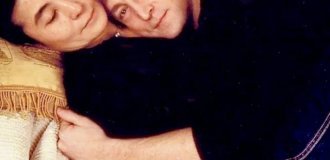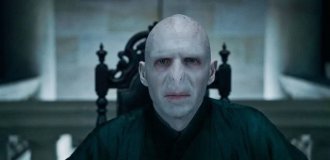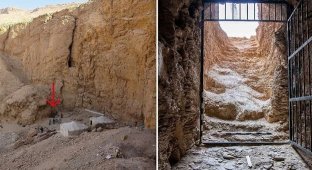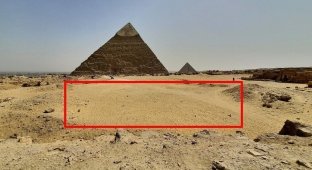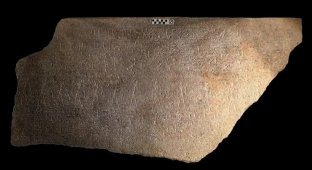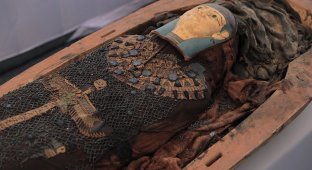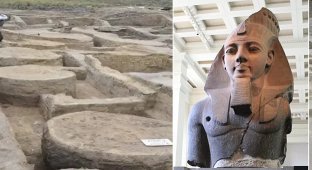A tomb of the son of Pharaoh Userkaf was found in Egypt (3 photos)
Researchers have discovered the burial site of one of the rulers of Ancient Egypt. The 4,000-year-old tomb belongs to Waser-if-re, the son of Pharaoh Userkaf, the first ruler of the 5th dynasty of Egypt. The Egyptian Ministry of Tourism and Antiquities has published photographs of the find. 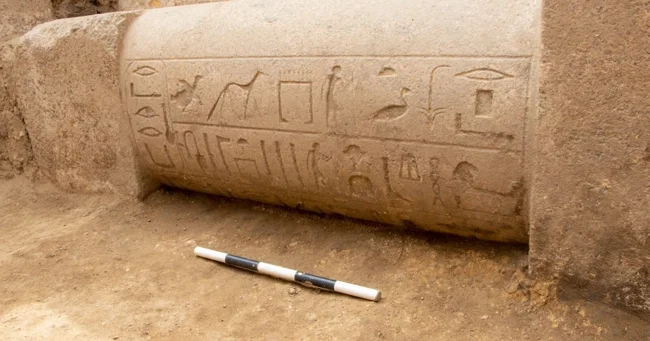
Archaeologists discovered the burial during excavations of the Sakarra necropolis, which is located south of Cairo. The tomb had a number of unique features, one of which was a giant false door made of pink granite.
Mohamed Ismail Khaled, Secretary General of the Supreme Council of Antiquities, said this was the first time a false door of this size had been found: 4.5 meters high and more than a meter wide.
It featured hieroglyphic inscriptions indicating Waser-if-ra's many titles. Among them: "Crown Prince, Governor of the Buto and Nekhbet Regions, Royal Scribe, Minister, Judge, and Priest." 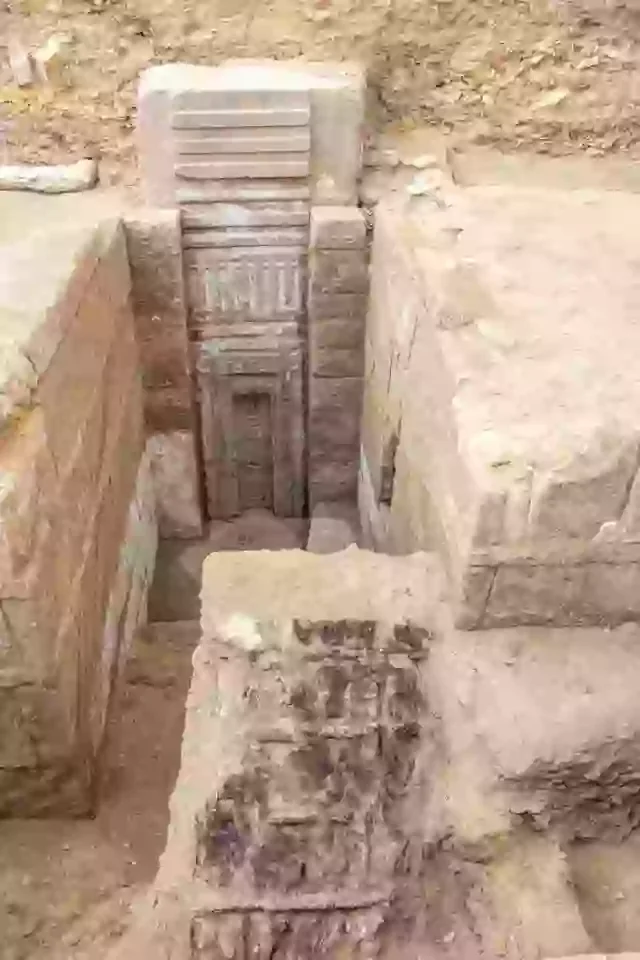
Another find was a statue of King Djoser, a pharaoh of the Third Dynasty, accompanied by his wife and ten daughters. Researchers claim that the statues were originally located near the step pyramid of King Djoser.
A government agency press release said scientists are still trying to figure out why the statues were moved. 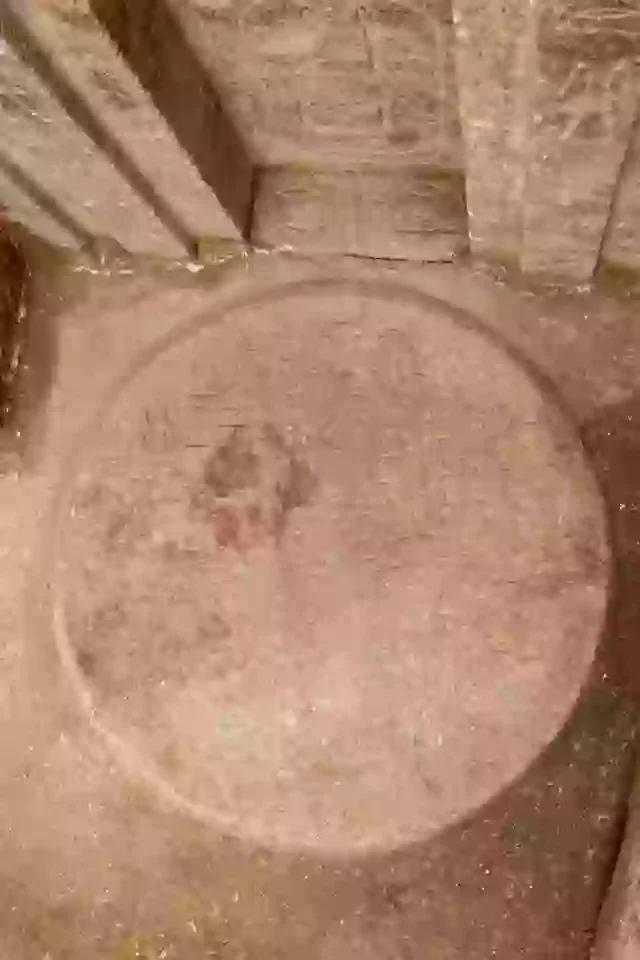
In addition, a sacrificial table made of red granite was discovered. It served as a place for ritual ceremonies and kept a list of sacrifices.
Archaeologists also found a statue of a standing man made of black granite. It dates back to the 26th Dynasty, meaning that the tomb was reused more than 1,000 years later. On the chest of the ancient artifact is the inscription "King Neferirkare".


